Outdoors clothing needs to meet the conditions a hiker will face. How hot or cold is the climate? How intense is the planned activity? Is rain or snow in the forecast? What about changes in elevation?
Outdoors people are often told to “dress in layers,” and while that’s sage advice, it’s also a bit too simple. So let’s go over what works and what doesn’t work for layering in varying outdoor conditions.
First, some general rules.
Avoid cotton! Once wet, cotton doesn’t hold heat — instead, it draws heat away from you. Cotton also takes a long time to dry, making it far from ideal for an outdoors layer. If a cooling or wicking layer is needed, stick with synthetics.
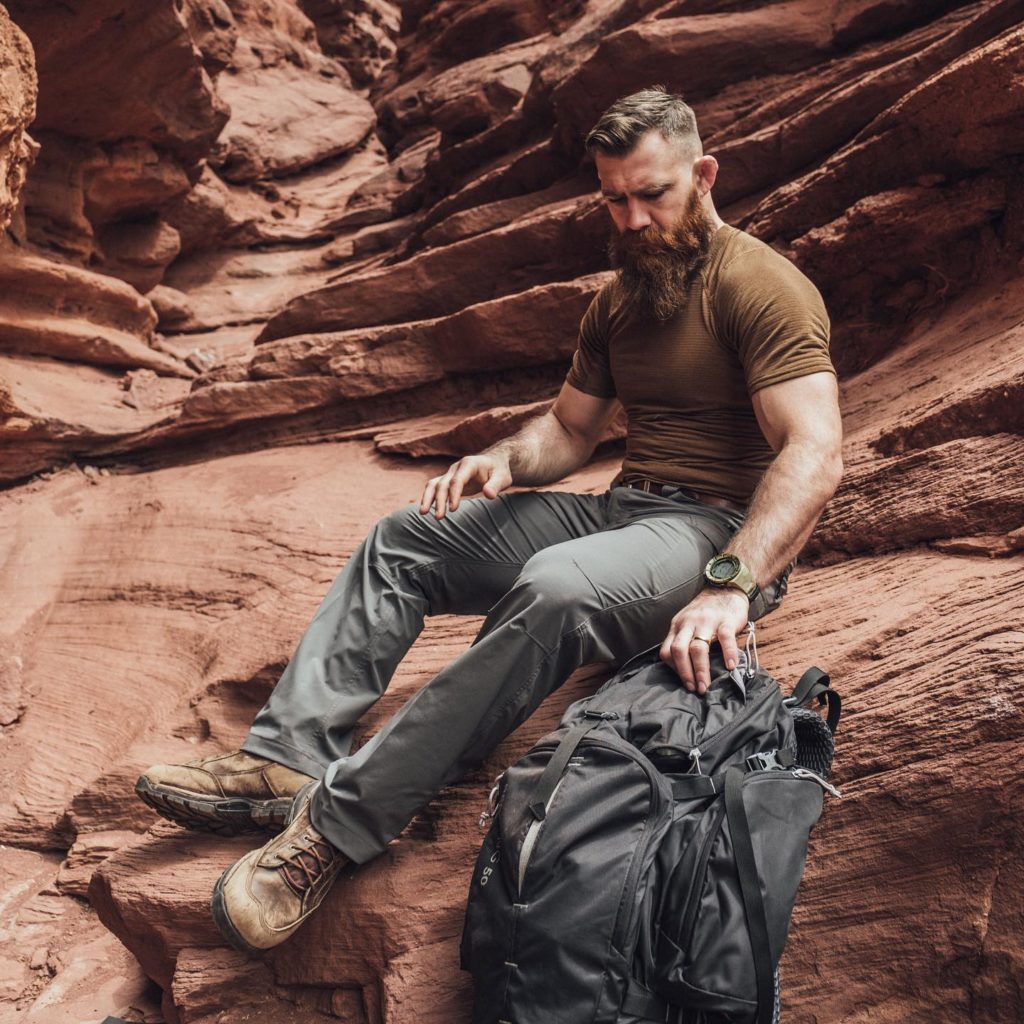
When it’s cold, wear wool. Unless you’re allergic to wool, it’s the best mid-layer material out there. Wool remains warm when wet and, if layered correctly, it can handle a wide range of temperatures and weather conditions. Merino wool is shockingly warm for how thin it is. Merino is my go-to baselayer, especially since it’s considerably less itchy than standard spun wool. It’s true that wool stays wet for a long time, but since it won’t make you cold, it isn’t a dealbreaker.
Also bring a rain layer. Rain, and even snow, are constant possibilities in many outdoors locations. Mountains have an annoying habit of creating their own weather patterns.
Other layering options will depend more specifically on the temperatures you’ll be facing.
If you’re in a hot place, a thin synthetic layer works great and wicks away sweat. Even better, these thin, wicking layers often provide some form of sun protection, which is a must even when it’s overcast.
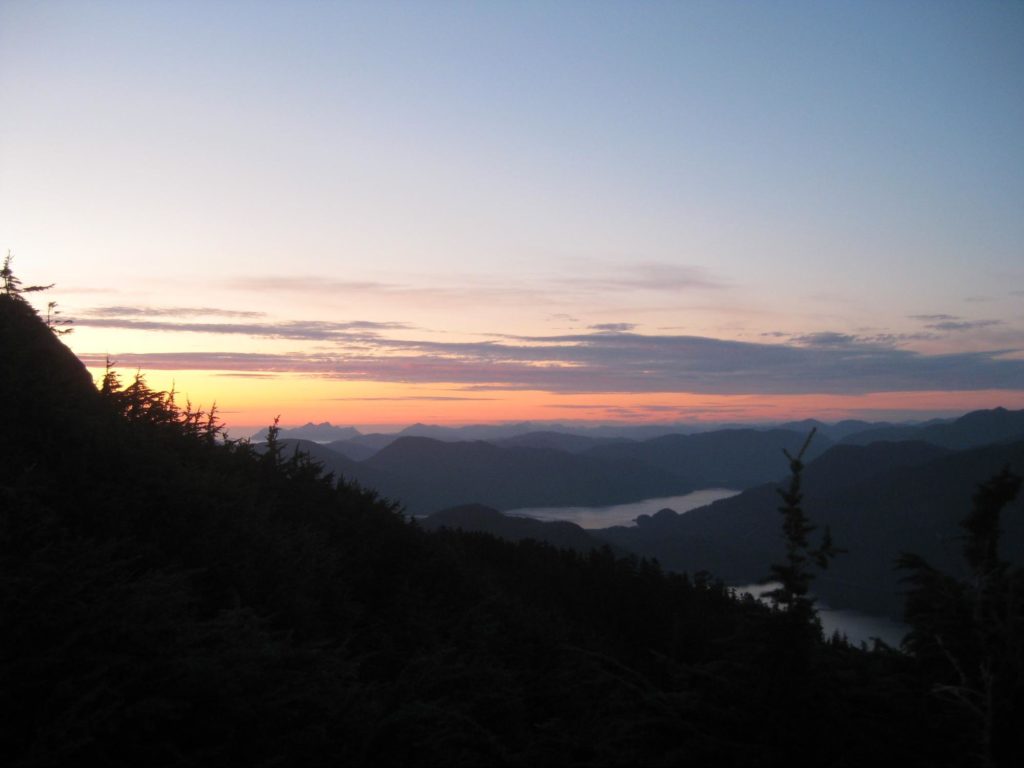
If it’s cool or cold, a thin synthetic layer is generally still a good idea for wicking away sweat. Adding on some merino wool mid-layers will create an adaptable and versatile clothing system. Last March, I spent a long weekend snowshoeing in Alaska’s Talkeetna Mountains. Temperatures ranged from the mid-20s to around minus 20 degrees Fahrenheit. It may sound like a down jacket would be the best barrier from the cold, but that wasn’t the case.
I spent my time hiking below zero in a nylon T-shirt and a single merino mid-layer. I had lightly insulated boots but wore my standard nylon hiking pants with no long-johns. The exertion from backpacking with fairly heavy equipment kept me warm. I didn’t even wear gloves, as the cold air on my fingers helped cool me off.
However, when we arrived at camp, I quickly pulled the warmer layers out of my backpack. Carrying a variety of thinner layers instead of a big parka or wool sweater allows the hiker to fine-tune their clothing to the weather conditions and activity — and that’s imperative to an enjoyable, successful, and safe adventure. If you wear too much insulation and begin to sweat, that dampness acts as a thermal conductor directly away from your body, making hypothermia a very real risk.
It’s also important to keep in mind the level of your activity when packing clothing for a trip. I have been colder while deer hunting in North Carolina on a wet, 45-degree day than I was when backpacking in the Alaskan winter. Hunting requires almost statue-like stillness, and I slowly cooled off, despite a raincoat and underlayers. When you’re not physically active, the cold will creep up on you slowly, so be aware of it and dress appropriately.
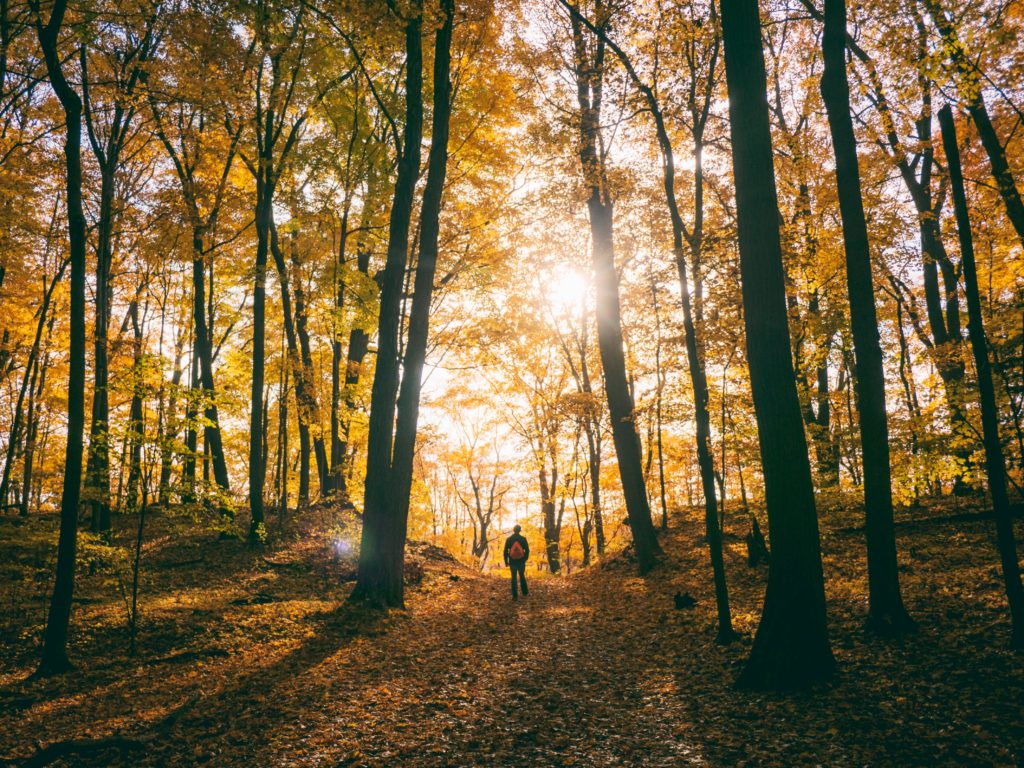
Also, don’t be afraid to pause an activity to adjust your layering. If you’re sweating, take off a layer. If you’re cold, add a layer. Your body will let you know what it needs — including hydration. Water, with its high specific heat, is an amazing temperature regulator. While drinking from a half-frozen water bottle may not sound tempting, consistent hydration keeps your body running and helps maintain a proper body temperature.
Finally, don’t underestimate the outdoors. Warm days become cold without warning. Snow falls from the sky in August. The surface of a glacier, with all that reflected light, can be an oven. My sister and I crossed the Root Glacier in Wrangell-St. Elias National Park wearing thin pants, T-shirts, and tennis shoes because of the unbearable heat. Be prepared for a variety of conditions and fine-tune your layers to meet those requirements.
A proper layering system — and it truly is a system — can keep you running in a multitude of places and under a wide range of climates and weather events. Research the location beforehand so that you know what to expect. Drink lots of water. And don’t let poor clothing choices negatively impact your time outdoors.
This article was originally published Sept. 16, 2019, on Coffee or Die.

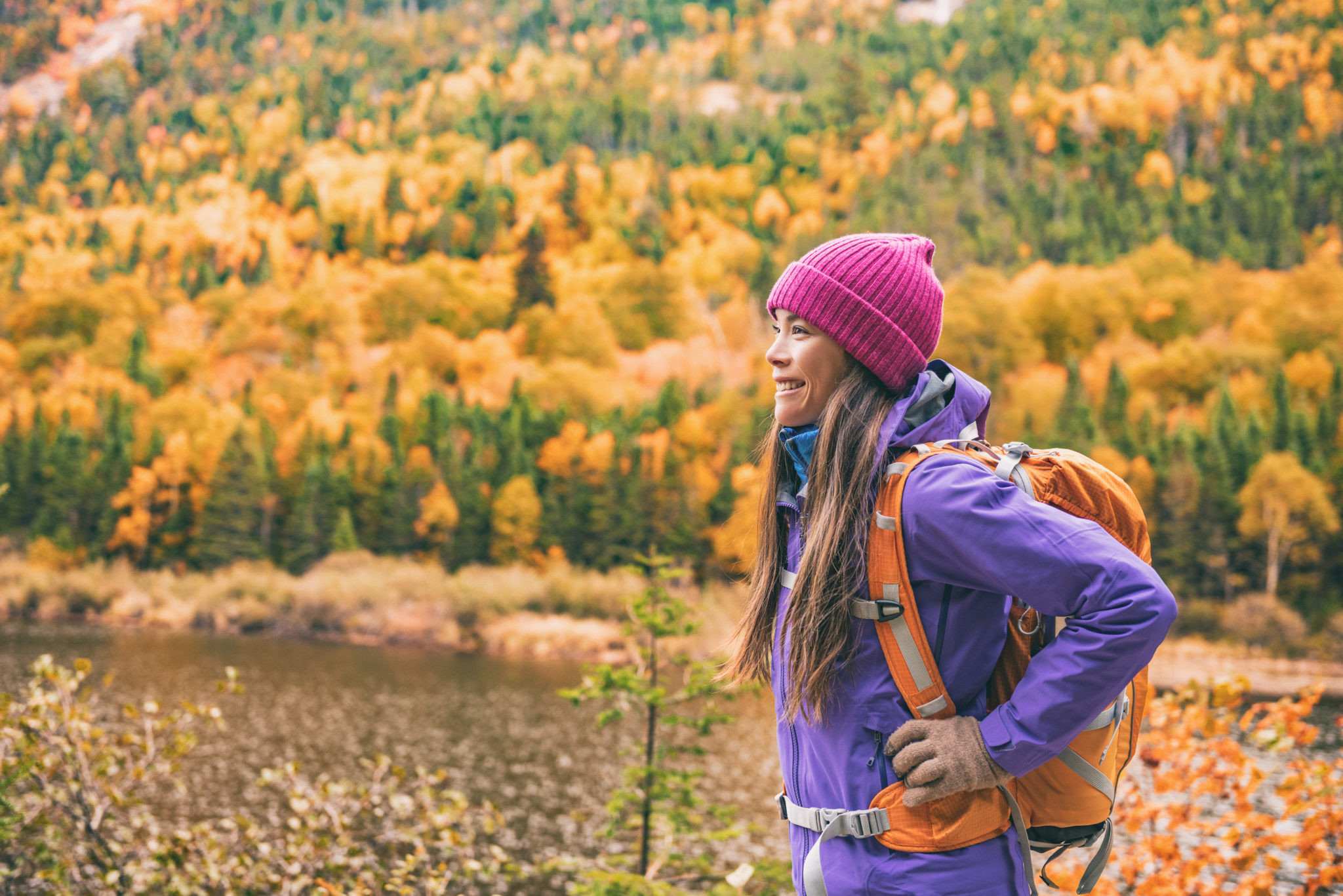


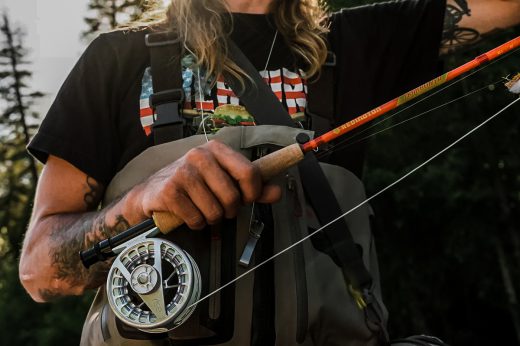
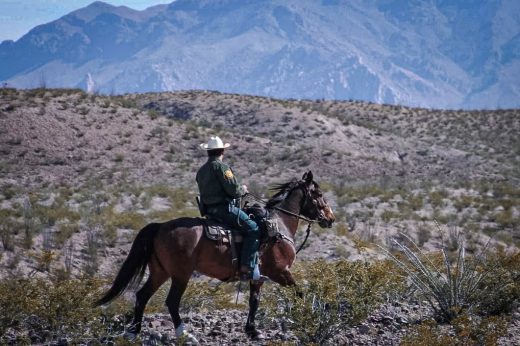


Comments